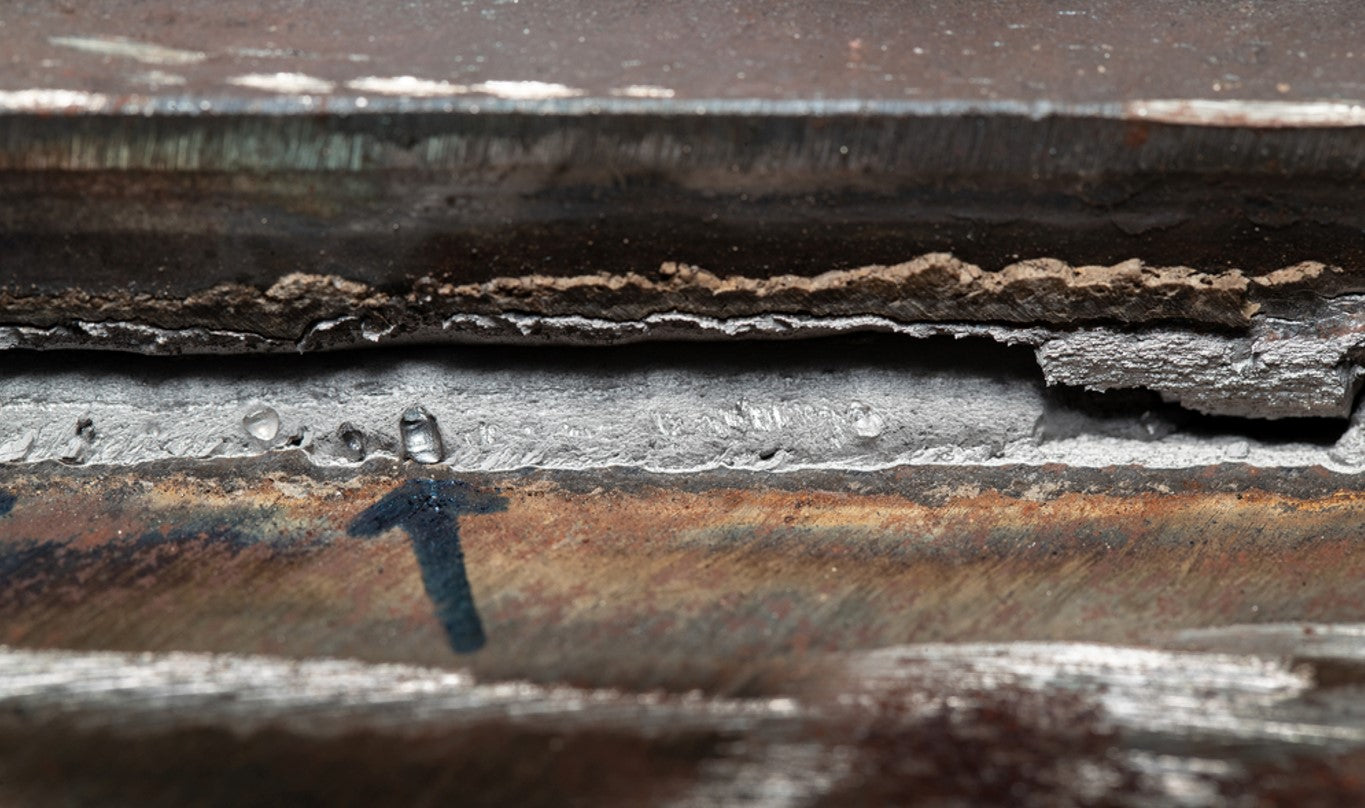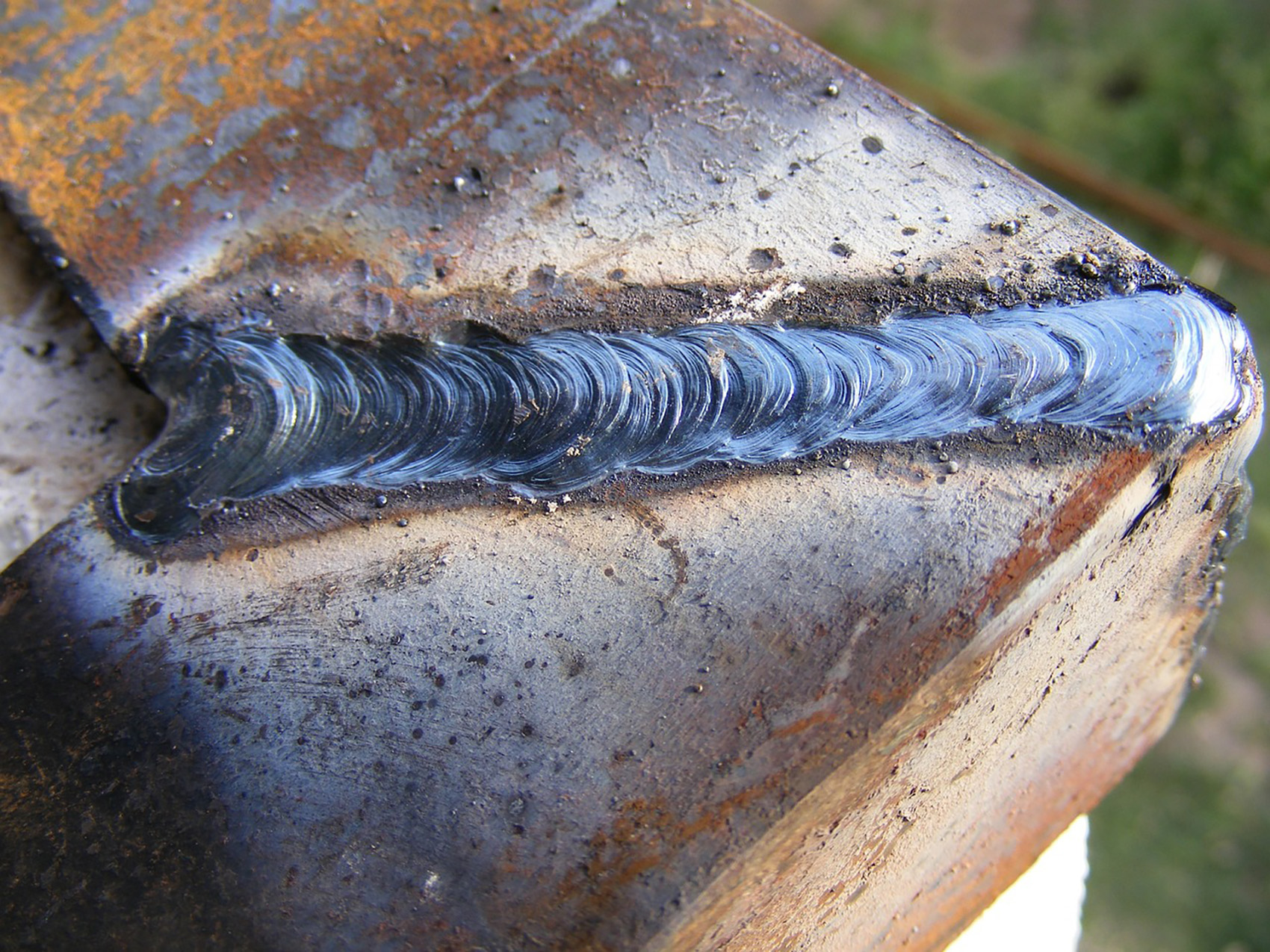Efficient Ways to Prevent Weld Undercut in Your Welding Projects
Efficient Ways to Prevent Weld Undercut in Your Welding Projects
Blog Article
A Comprehensive Guide to Identifying, Preventing, and Repairing Undercut Welding Problems in Your Welding Projects
In the realm of welding, running into undercut issues is an usual challenge that can jeopardize the architectural integrity and total high quality of your welding tasks. Comprehending the source behind undercut welding, having the ability to properly identify it in your welds, and executing effective preventative steps are crucial abilities for any kind of welder. Furthermore, having the knowledge and strategies to correct undercut problems when they do occur can make a considerable difference in the last end result of your welding undertakings. Remain tuned as we explore the necessary components of identifying, stopping, and dealing with undercut welding issues, offering you with important understandings and methods to elevate your welding abilities to the next degree.
Usual Reasons of Undercut Welding
Undercut welding, a common problem in welding procedures, can be triggered by various factors that require to be meticulously determined and addressed to ensure the integrity of the weld joint. Among the main root causes of undercut welding is extreme heat input. When the welding criteria, such as voltage, present, or travel speed, are not appropriately set, an extreme amount of heat can be created. This excess warm leads to the melting and subsequent elimination of the base product along the edges of the weld joint, developing a groove understood as undercut.
An additional usual reason for undercut welding is incorrect welding method. Insufficient control of the welding lantern or weapon, wrong angle or distance between the work surface and the torch, or irregular traveling speed can all contribute to the development of undercut. In addition, utilizing the wrong welding consumables or electrode dimension for a specific joint arrangement can cause undercut concerns. Recognizing these source and implementing corrective measures is important in preventing and fixing undercut welding problems in welding projects.
Identifying Undercut in Welds

To identify undercut accurately, appropriate lighting and magnification tools are vital to check the weld joint thoroughly. Using tools such as a welding gauge or a magnifying glass can assist in detecting also the tiniest undercut flaws. In addition, running a finger or a fingernail along the weld joint can often disclose undercut, as the surface area may really feel unequal or have a dip where the undercut exists.
Safety Nets for Undercut
Having a deep understanding of the reasons of undercut in welds allows for the implementation of reliable preventive actions to preserve weld high quality and stability. These settings need to be optimized to stop too much warm input, which can lead to damage development.

Strategies for Dealing With Undercut

Enhancing the welding current or minimizing the traveling speed can assist load in the undercut. In addition, changing the welding method from a press to a drag or vice versa can also aid decrease undercut.
One more method is to make use of a weaving motion while welding to make sure proper sidewall blend and fill in Resources the undercut. By oscillating the welding arc back and forth within the weld joint, the welder can deposit more filler material into the undercut locations, successfully getting rid of the flaw.
Additionally, grinding out the undercut and rewelding the joint can be a practical option for more extreme undercut problems - Preventing weld undercut. This procedure involves eliminating the undercut area, preparing the base steel, and then rewelding the joint with proper welding specifications and techniques to prevent undercut from persisting

Expert Tips for Preventing Undercut
Making use of appropriate welding methods and preserving control over crucial welding specifications are essential techniques for welders intending check this site out to stop undercut in their weld joints. Additionally, selecting the suitable welding process and filler steel for the certain application can aid avoid undercut. Preserving a consistent travel speed throughout the welding process is another crucial suggestion to stop undercut.
Conclusion
In conclusion, determining, protecting against, and dealing with undercut welding problems in your welding tasks is vital for ensuring solid and durable welds. Preventing weld undercut. By recognizing the usual reasons for undercut, being able to recognize it in welds, executing safety nets, and making use of proper strategies for repairing undercut, you can avoid prospective concerns and produce top quality welds. Following specialist ideas for preventing undercut can assist you enhance your welding abilities and produce better outcomes in your tasks
Undercut pop over to these guys welding, a typical problem in welding processes, can be caused by various elements that require to be meticulously determined and resolved to make sure the integrity of the weld joint. Furthermore, running a finger or a fingernail along the weld joint can occasionally expose undercut, as the surface area might feel irregular or have a dip where the undercut exists.
Making use of appropriate welding techniques and preserving control over key welding parameters are important approaches for welders intending to protect against undercut in their weld joints.In verdict, identifying, preventing, and repairing undercut welding problems in your welding jobs is important for making certain solid and long lasting welds. By comprehending the typical reasons of undercut, being able to identify it in welds, implementing precautionary actions, and using correct techniques for taking care of undercut, you can stay clear of potential issues and develop high-grade welds.
Report this page